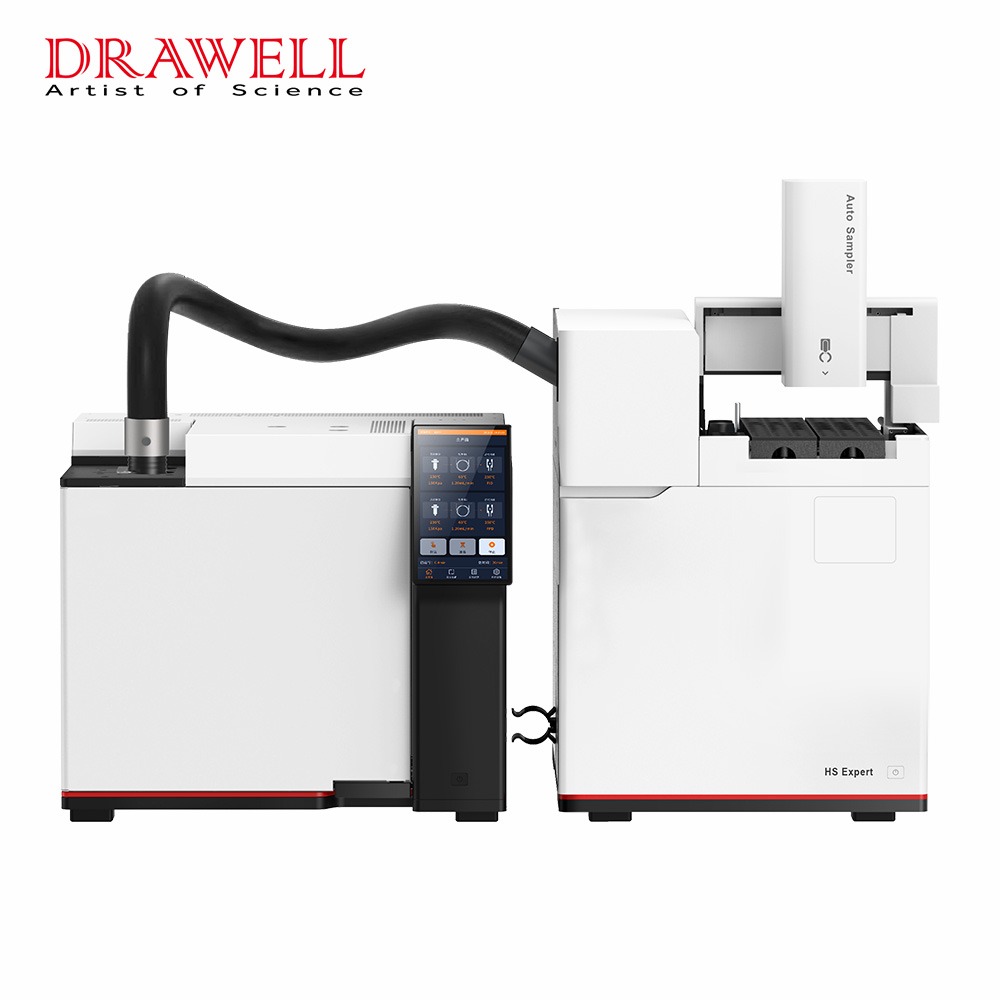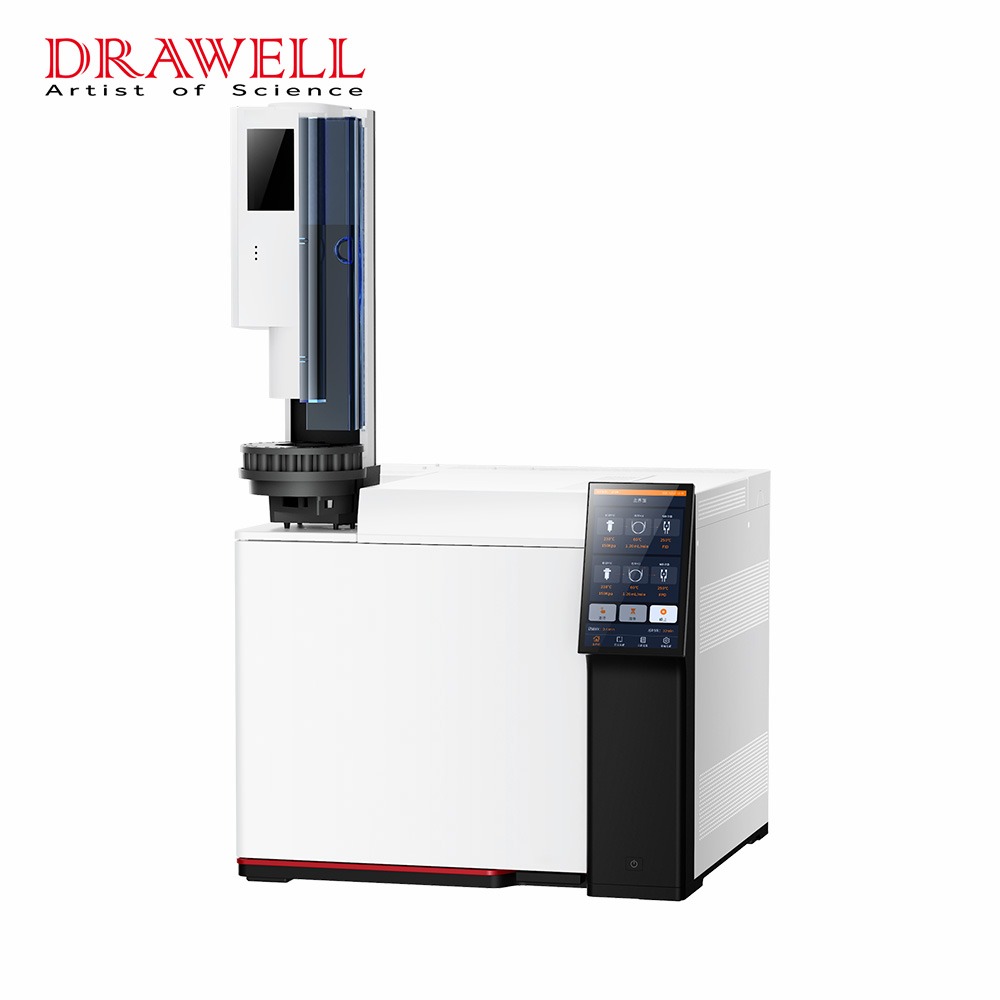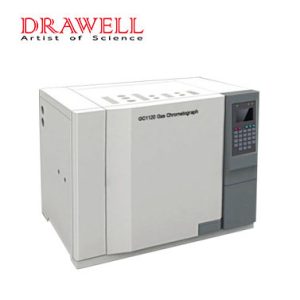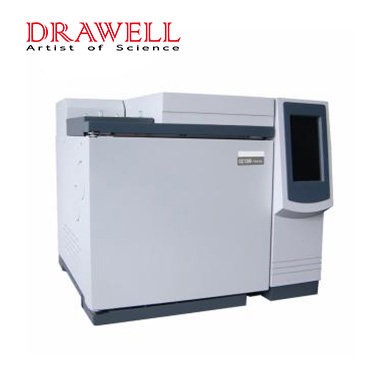Gas Chromatography (GC) is a powerful analytical technique used to separate and analyze complex mixtures of compounds. It plays a vital role in a wide range of industries, including chemistry, pharmaceuticals, environmental monitoring, and food analysis. In this comprehensive guide, we will explore the fundamental principles of GC, the latest developments in technology, various applications, and essential troubleshooting tips. By the end of this article, you will have a solid understanding of GC and its significance in the world of analytical chemistry.
What is Gas Chromatography (GC)?
Gas Chromatography is a chromatographic technique that separates the components of a sample mixture based on their affinity for a stationary phase (typically a solid or liquid) and a mobile phase (inert gas). The separation is achieved by a careful balance of these two phases, and it relies on the differing interactions of analytes with the stationary phase. In simple terms, GC allows you to identify and quantify individual compounds within a complex mixture, making it an indispensable tool in various industries.
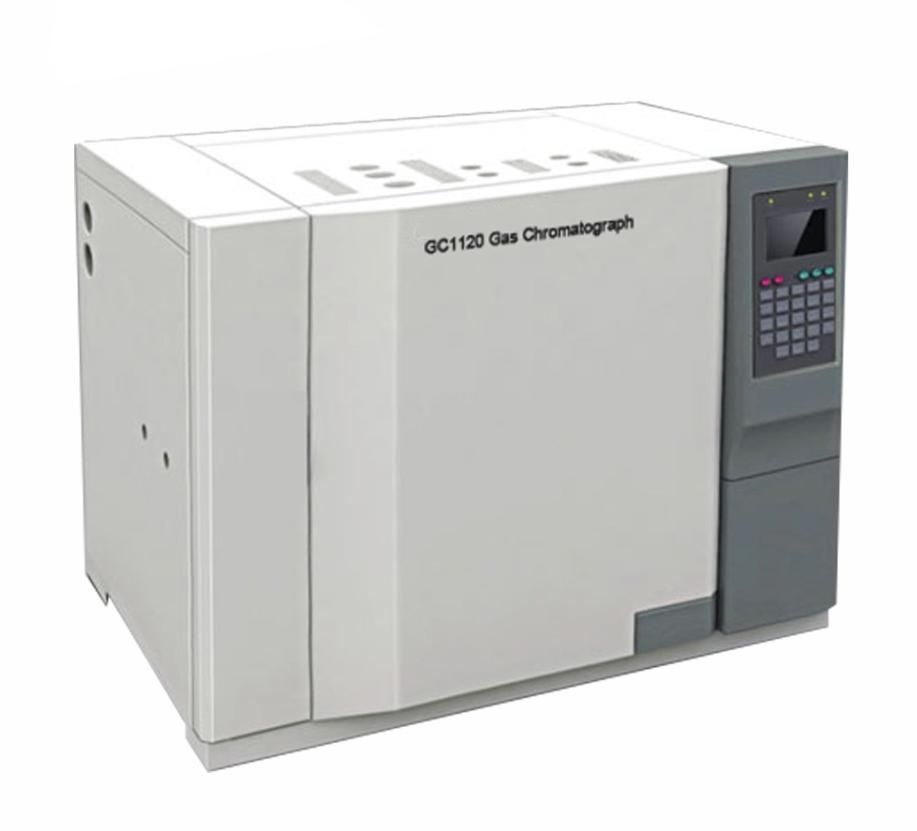
How Does Gas Chromatography (GC) Work?
GC functions on the principle of differential partitioning of sample compounds between a stationary phase and a mobile phase. The fundamental components of a GC system include:
- Injector: The injector is where the sample is introduced into the instrument.
- Column: The column is a long, narrow tube that contains the stationary phase.
- Detector: The detector is used to measure the presence and amount of each compound in the sample.
- Data system: The data system is used to record and analyze the detector signal.
The sample is injected into the GC instrument through the injector. The injector is heated to vaporize the sample. The vaporized sample is then carried through the column by the mobile phase.
As the sample travels through the column, the different compounds in the mixture will interact with the stationary phase at different rates. Compounds that interact more strongly with the stationary phase will travel more slowly through the column. Compounds that interact less strongly with the stationary phase will travel more quickly through the column.
The compounds eventually emerge from the column and are detected by the detector. The detector produces a signal that is proportional to the amount of each compound in the sample. The data system records and analyzes the detector signal to produce a chromatogram.
What are the Different Types of Gas Chromatography (GC)?
Gas Chromatography comes in several variations, including:
- Gas-Liquid Chromatography (GLC): This is the most common form of GC, where the stationary phase is a liquid coated onto a solid support. It is suitable for separating volatile and semi-volatile compounds.
- Gas-Solid Chromatography (GSC): In GSC, the stationary phase is a solid adsorbent. This method is used for specific applications, such as the analysis of permanent gases.
- Capillary GC: Capillary GC employs a capillary column with a very thin internal diameter, allowing for more efficient separations and lower sample consumption.
What are the Applications of Gas Chromatography (GC)?
GC is used in a wide variety of industries to analyze a wide variety of samples. Here are a few examples:
- Food and beverage industry: GC is used to analyze the flavor and aroma compounds in food and beverages. GC is also used to detect food contaminants, such as pesticides and herbicides.
- Environmental monitoring: GC is used to monitor air and water quality. GC is also used to detect environmental contaminants, such as volatile organic compounds (VOCs) and polychlorinated biphenyls (PCBs).
- Pharmaceutical industry: GC is used to analyze the purity of pharmaceutical products. GC is also used to develop new drugs and to identify the metabolites of drugs.
- Petrochemical industry: GC is used to analyze the composition of crude oil and petroleum products. GC is also used to develop new fuels and lubricants.

